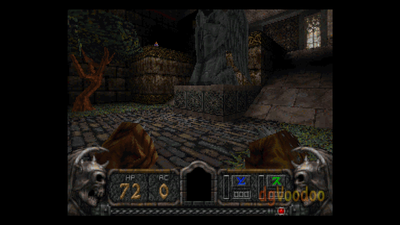First post, by FulValBot
There is a problem with 320x200 resolution... dgvoodoo2 detect it as a 640x400 (for example with hexen II if i try to use these resolution when i try to use integer scaling these can scale only 2x; and this is wrong with 320x200 resolution... 640x400 can scale to 1280x800 and that's normal with my 1080p display, but 320x200 why can scale only to 1280x800? And this is happening with 2x mode... So dgVoodoo2 is detecting 320x200 as a 640x400 resolution, and it's wrong)


